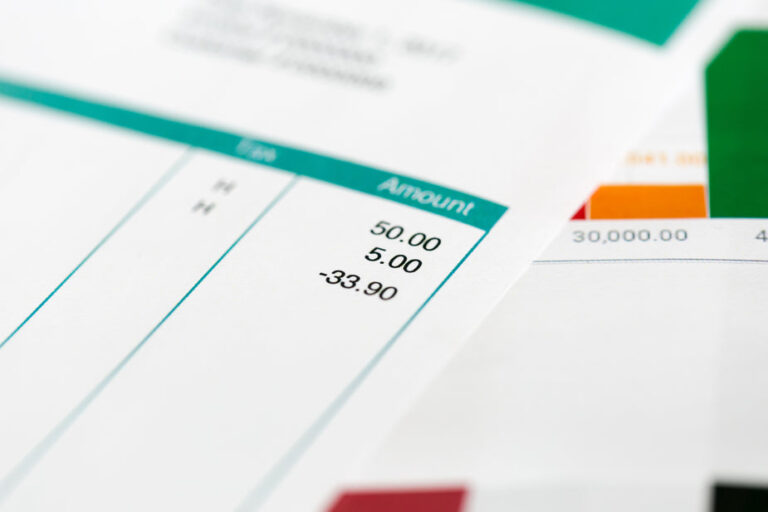The term ‘zone of resistance’ is popping up in Australian investment circles more than ever in 2025. Whether you’re trading on the ASX, dabbling in ETFs, or watching the property market, understanding this technical concept could make the difference between profit and frustration. But what exactly is a zone of resistance, why does it matter in today’s volatile markets, and how should investors respond?
What Is the Zone of Resistance?
In financial markets, a zone of resistance refers to a price range where selling pressure tends to outweigh buying interest, causing upward momentum to stall or reverse. Unlike a single resistance line, a zone accounts for the reality that markets rarely turn on a dime—instead, price action often fluctuates within a band before breaking out or retreating.
- For shares, resistance zones are often identified by repeated price peaks over days or weeks.
- In property, these zones can reflect psychological price ceilings, such as $1 million in Sydney suburbs.
In 2025, with AI-driven trading and increased retail investor participation, resistance zones are frequently tested and can become self-fulfilling as more market participants watch the same price levels.
Zone of Resistance in the ASX and Broader Markets (2025)
The start of 2025 has seen the ASX 200 oscillate between 7,700 and 7,950—a classic zone of resistance. After a strong rebound in late 2024, global uncertainty and the RBA’s cautious stance on interest rates have made investors skittish about pushing prices higher. Technical analysts have noted:
- ASX 200: Sellers consistently emerge near 7,900, with failed breakouts in February and May.
- Big Four Banks: Commonwealth Bank (CBA) faces resistance around $120 per share, echoing 2022 highs.
- Tech Sector: Afterpay and WiseTech have hit resistance as global tech sentiment cools and local valuations appear stretched.
Importantly, the RBA’s 2025 policy—keeping rates on hold but signaling possible cuts later in the year—has contributed to these resistance zones by dampening bullish enthusiasm while keeping downside risk contained.
Real-World Examples: From Shares to Real Estate
Share Market: In March 2025, after the ASX 200 touched 7,950 for the third time in six weeks, traders noticed a spike in sell orders and options activity. As a result, a swift 3% pullback followed, reinforcing the resistance zone and causing many retail investors to rethink their entry points.
Property Market: Sydney’s inner-west saw median house prices hover just below $1.5 million through early 2025. Each attempt to break above this threshold was met by increased listings and buyer hesitation—a textbook psychological resistance zone. Agents report that buyers are wary of overpaying, especially with the possibility of lower mortgage rates later this year.
ETFs and Managed Funds: The popular Vanguard Australian Shares ETF (VAS) struggled to close above $105 in Q1 2025. Fund flows slowed as investors waited for a decisive breakout, highlighting how resistance zones can impact not just individual shares but entire sectors and products.
How Smart Investors Use the Zone of Resistance
Recognising a resistance zone isn’t just for chartists. In 2025, it’s a practical tool for:
- Timing Entries and Exits: Waiting for a convincing breakout above resistance before buying, or selling into strength as prices approach resistance.
- Setting Stop-Losses: Placing stop orders just below resistance zones can protect against failed breakouts.
- Portfolio Rebalancing: Using resistance as a signal to trim winners and rotate into undervalued assets.
With more Australians trading online and using robo-advisors, resistance zones are embedded in many automated strategies. However, 2025’s news-driven volatility means investors should also consider fundamentals—like earnings, policy signals, and macro risks—alongside technical signals.
2025 Policy Updates: Why Resistance Matters More Now
Several 2025 developments have made resistance zones especially relevant:
- RBA Rate Guidance: The central bank’s cautious language has increased market sensitivity to technical levels, with each policy meeting generating large swings near resistance.
- Superannuation Changes: New rules around SMSFs and contribution caps have shifted flows, especially into blue-chip shares and property, amplifying resistance effects at key price points.
- Global Uncertainty: Geopolitical risks and commodity price swings have led to more false breakouts and whipsaws at resistance zones, requiring disciplined strategies.
Conclusion: Make the Zone of Resistance Work for You
Whether you’re investing in shares, ETFs, or property, understanding the zone of resistance is essential in 2025’s dynamic markets. By blending technical awareness with real-world fundamentals and policy updates, savvy Australians can turn resistance into opportunity—not frustration.


